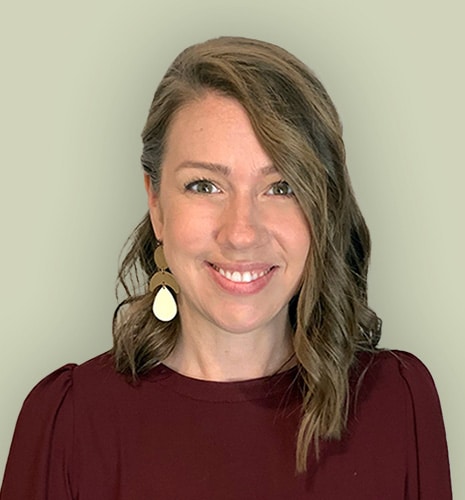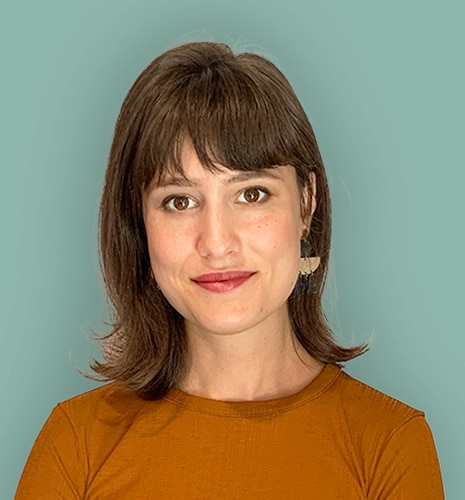We seek to elevate the quality and craft of landscape design by researching into new thinking, processes, and implementation methods. Our leadership in sustainability and health & wellness comes from our belief that landscape has the power to heal, restore, and positively impact human experience.
Ecological Resilience
Climate Futures Design
Firewise Design
Air Quality Research
Carbon and GHG impacts
Designing with Community
Vegetation Migration Planning and Design
Pre-occupancy and Post-occupancy Analyses
Human Wellness and Nature Effect Design
Our Process
OJB’s culture of practice grounded in research helps bring innovative perspective to projects. We use various methods of inquiry, including literature review, digital simulation, or field investigation to ensure our research is evidence-based and grounded in the realities of the site.
We Communicate Performance
Our Team
We are a group of inquisitive and passionate researchers and designers with a diverse set of expertise. Our transdisciplinary research group works alongside design teams to identify, develop, and push project-based innovation goals.



Passionate about the profession, Mrinalini has also led several Green Stormwater projects at public schools in West Philadelphia and has spoken at various conferences, including EPA, ASLA, CELA, and LAbash, about her work with OJB*lab. In her free time, she enjoys architecture sketching, printmaking, and traveling to different cities.

Motivated by an unwavering commitment to ecological balance and innovative design, Sydnie brings a wealth of expertise in sustainable practices to the table. Her past projects encompass a wide spectrum, ranging from resilient urban designs in Mexico City to creating a wildfire design catalog and developing a shoreline simulation model for the Maurice River. Armed with an insatiable curiosity and a dedication to pushing boundaries of conventional design, Sydnie excels in weaving diverse disciplines that unravel the intricate tapestry of landscape dynamics.